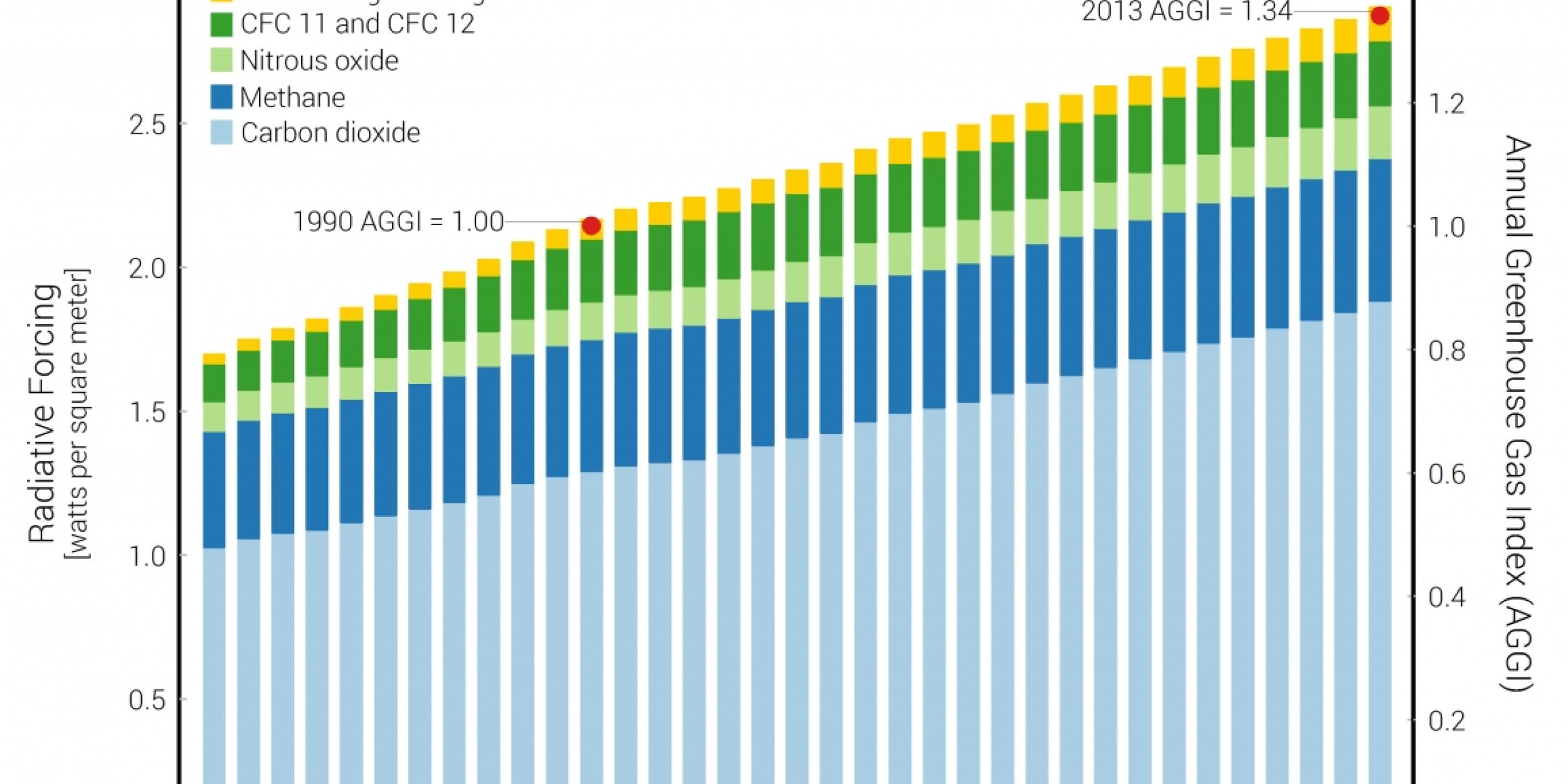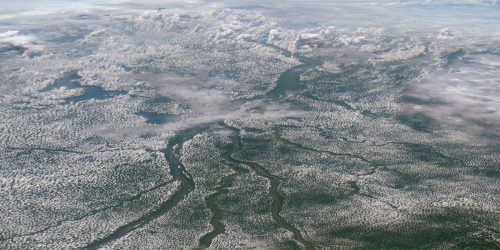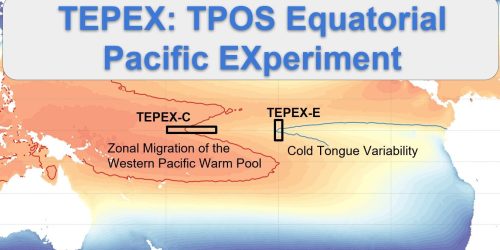The USGCRP indicator effort, which NOAA significantly supported through a CICS grant, announced a pilot indicator release on May 6.

Indicators are observations or calculations that can be used to track conditions and trends. For example, businesses might look at the unemployment index as one of a number of indicators representing the condition of the economy.
Similarly, indicators of climate change can communicate how the environment is changing, identify risks, and inform decisions about policy, planning, and resource management.
The preliminary set of indicators now available on GlobalChange.gov unites efforts from across many of USGCRP’s participating agencies. It is a first step in developing a more comprehensive indicators system that can support future National Climate Assessment reports and the sustained assessment process.
The indicators visually communicate some of the key aspects of the changing climate, such as temperatures over land and at sea, greenhouse gas levels in the atmosphere, the extent of Arctic sea ice, and related effects in sectors like public health and agriculture. Some of the indicators show climate-related trends over time, whereas others show the status of resources that may be affected by climate change in the future. The source data for each indicator are documented and traceable via USGCRP’s Global Change Information System.
CPO partially supported Melissa Kenney’s time as a AAAS Science and Technology Fellow (2010-2012) to staff and lead the NCA indicators workshops and work with the NCADAC Indicator Work Group.
Given the interest by the scientific and user communities and CPO’s support of sustained assessment activities, they provided Kenney’s research team grant funding via CICS-MD to develop recommendations (in collaboration with 200+ scientists) and a pilot for USGCRP to consider as part of foundational NCA sustained assessment activities.
The hope was that this could eventually link into the Climate Resilient Toolkit and that agencies would find the visuals to communicate their observational data. Kenney and her group are leveraging these funds into competitive grant awards to conduct the social science research about scientific visualization communication best practices and stated and revealed user information needs to support climate resilient decisions.
To explore the USGCRP indicators, visit: www.globalchange.gov/browse/indicators
USGCRP releases Prototype Indicators System











